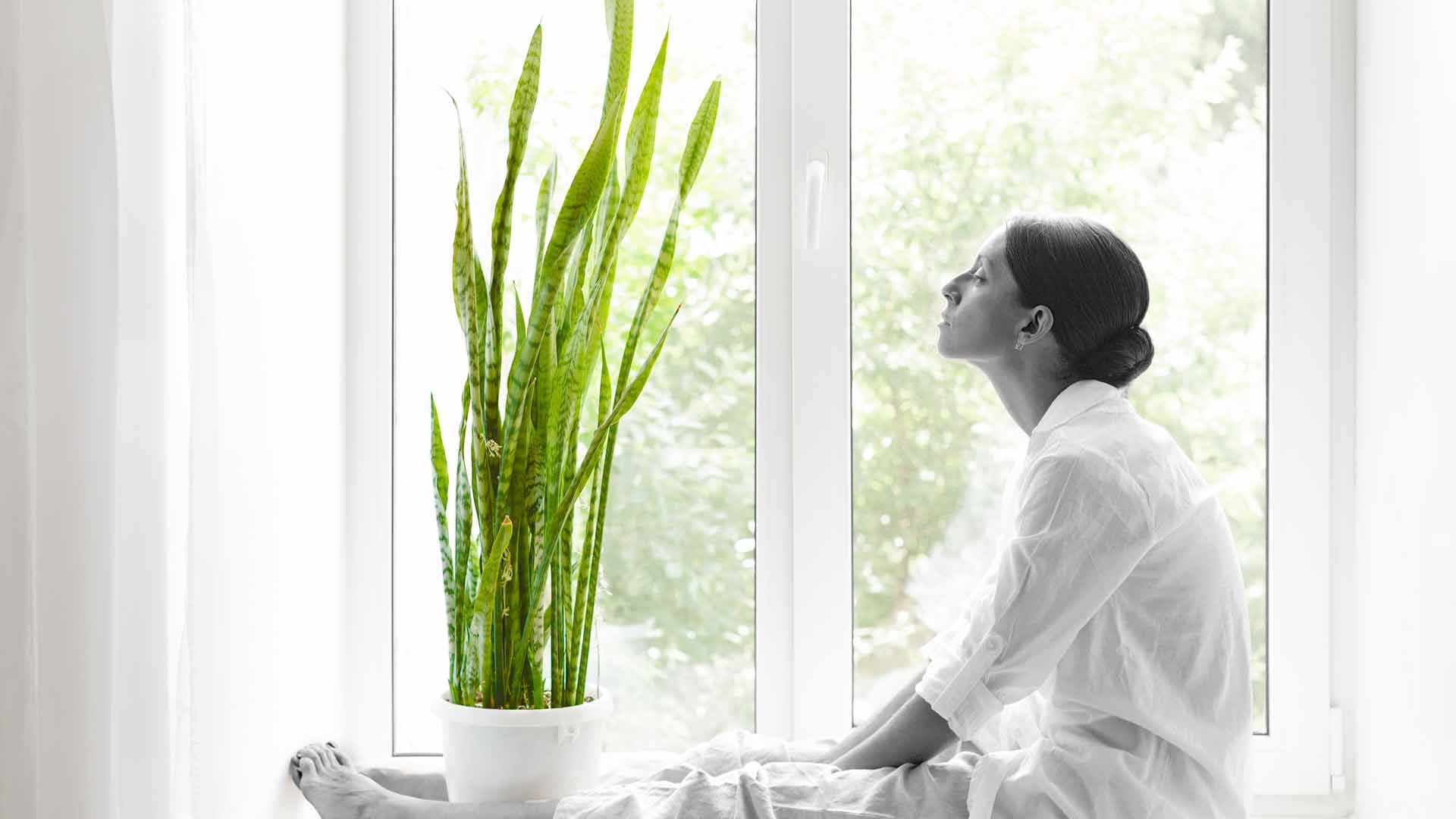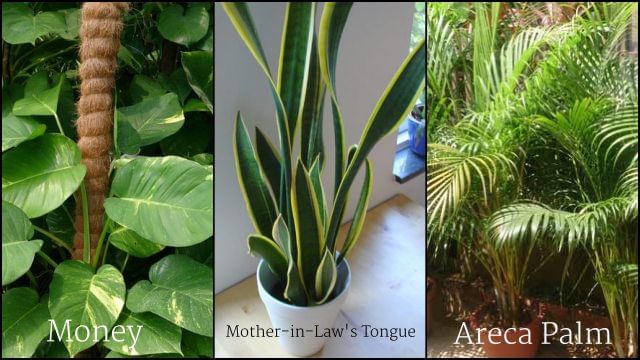3 Helpful Plants to Purify the Air in Your Home
Isha’s Project GreenHands offers a simple solution to purify the air in your home – using plants!

Isha’s Project GreenHands offers a simple and natural solution to purify the air in your home – using plants!
What would the world look like if the essentials of healthy living became luxuries? If only a tiny percent of the population could afford clean water, pure air, and edible food?
Statistics suggest that in developing countries, the health impacts of indoor air pollution far outweigh those of outdoor air pollution. The ill-effects of indoor air pollution result in about two million premature deaths per year – 44% due to pneumonia, 54% from chronic obstructive pulmonary disease (COPD), and 2% from lung cancer. The most affected groups are women and younger children, as they tend to spend more time at home. It is particularly worrisome to see children constantly troubled by air-borne illness, which impacts their childhood in many ways, besides learning and development.
Despite this alarming situation, there is a simple way for one to begin reversing the damage. Kamal Meattle, with help from Indian Institute of Technology – Delhi (IIT-D), The Energy and Resources Institute (TERI), and research findings from NASA, discovered that there are three common green plants which can easily produce all the fresh air we need to keep us healthy: Areca Palm, Mother-in-law's Tongue, Money Plant.
Subscribe

Areca Palm
No. of plants needed per person: 4
Plant Care: Areca Palms require bright, indirect light from a south- or west-facing window. The leaves turn yellowish-green in direct sunlight. Use moist soil and water the plants as soon as the soil feels dry a little below the surface. Areca Palms do not respond well to overwatering.
Mother-in-law's Tongue
Plants per person: 6-8 waist-high plants
Plant Care: Very adaptable to different temperatures. Place in indirect sunlight and don’t water too much.
Money Plant
Plant Care: Place in a moderately humid room. Requires infrequent watering. Very easy to maintain.
The Money Plant removes formaldehydes and other volatile chemicals from the air.
Money Plant use has been tried and tested in a building in Delhi with phenomenal results. Compared to other buildings, occupants experienced a reduction in the incidence of eye irritation by 52%, respiratory irritation by 34%, headaches by 24%, lung impairment by 12% and asthma by 9%.
What can we do now?
First-timers can start with one of each plant above and graduate to the optimum needs as mentioned above. When the plant grows large (which takes many years) and needs to be transplanted into the ground, simply plant it in a suitable spot in your surroundings and take care of it until it becomes self-sufficient. That way, we can make our personal and environmental goals align with each other.
Editor’s Note: To learn more about Project GreenHands and make a contribution, visit Project GreenHands on Facebook.


